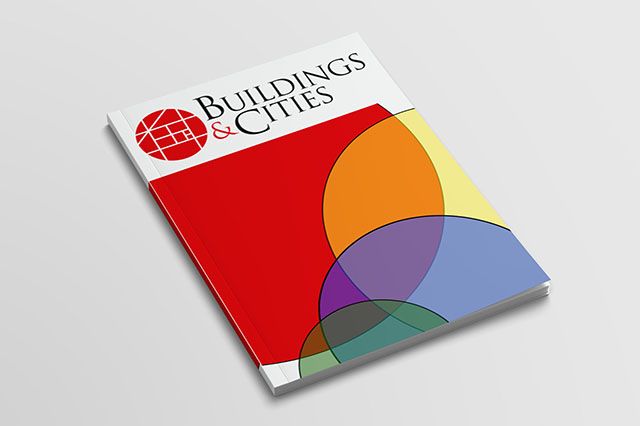About


Buildings and Cities is an international, open access, peer-reviewed, academic journal publishing high quality research and analysis on the interplay between the different scales of the built environment.
Our Aims and Scope explains our range of topics, types of papers and focus on policy, practices and outcomes.
More
Read our 10 principles that provide the values underpinning our journal. These broadly explain the ethos and aspirations for what we do.
In addition to being a peer-review journal, we provide an intellectual space for engagement between researchers, practitioners and policy makers.
More
Meet our international editorial board members with diverse backgrounds and knowledge.
More
Journal Statistics; Journal evaluation and impact; Submissions Received, Reviews Requested...
More

Latest Commentaries
COP30 Report
Matti Kuittinen (Aalto University) reflects on his experience of attending the 2025 UN Conference of the Parties in Belém, Brazil. The roadmaps and commitments failed to deliver the objectives of the 2025 Paris Agreement. However, 2 countries - Japan and Senegal - announced they are creating roadmaps to decarbonise their buildings. An international group of government ministers put housing on the agenda - specifying the need for reduced carbon and energy use along with affordability, quality and climate resilience.
Building-Related Research: New Context, New Challenges
Raymond J. Cole (University of British Columbia) reflects on the key challenges raised in the 34 commissioned essays for Buildings & Cities 5th anniversary. Not only are key research issues identified, but the consequences of changing contexts for conducting research and tailoring its influence on society are highlighted as key areas of action.